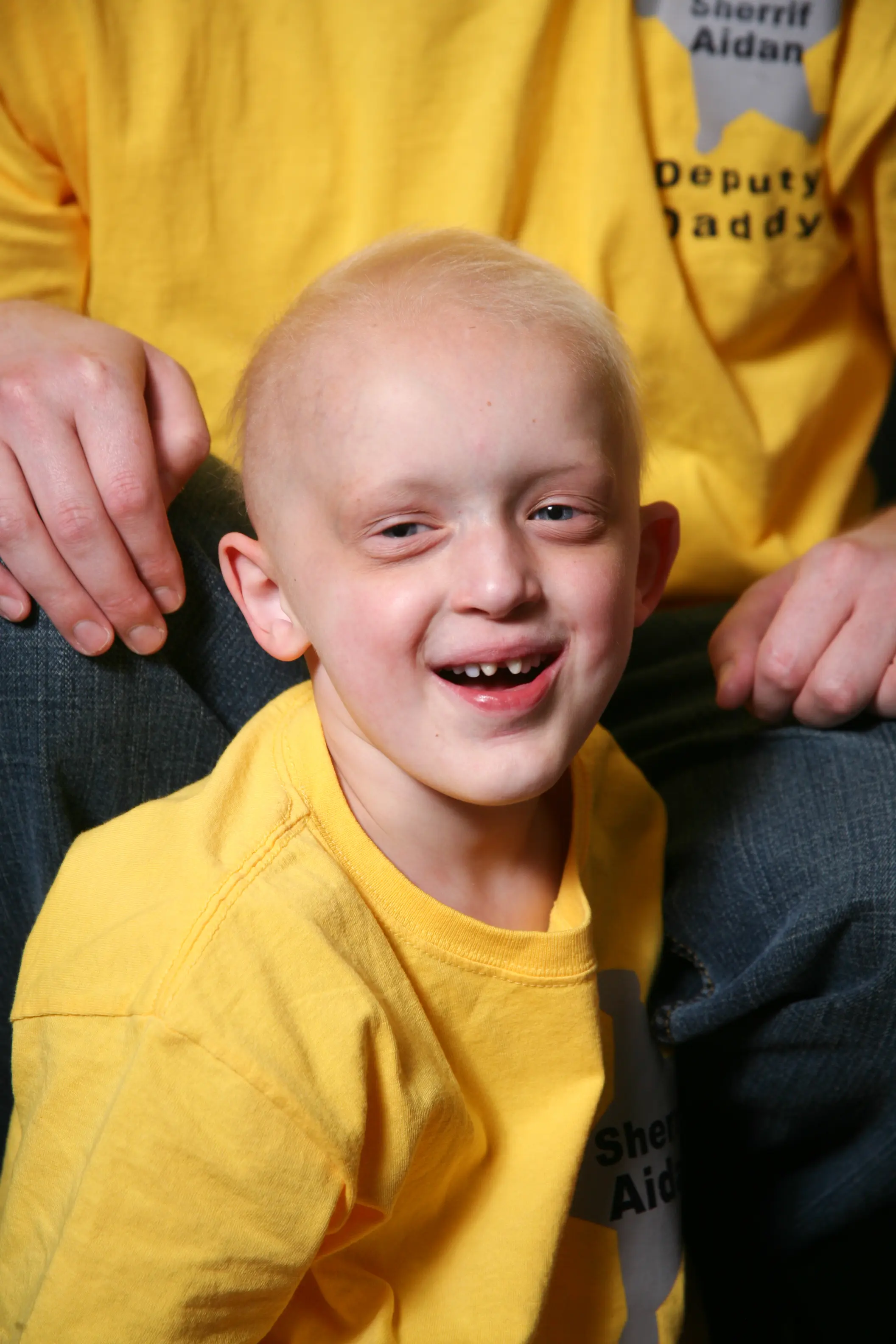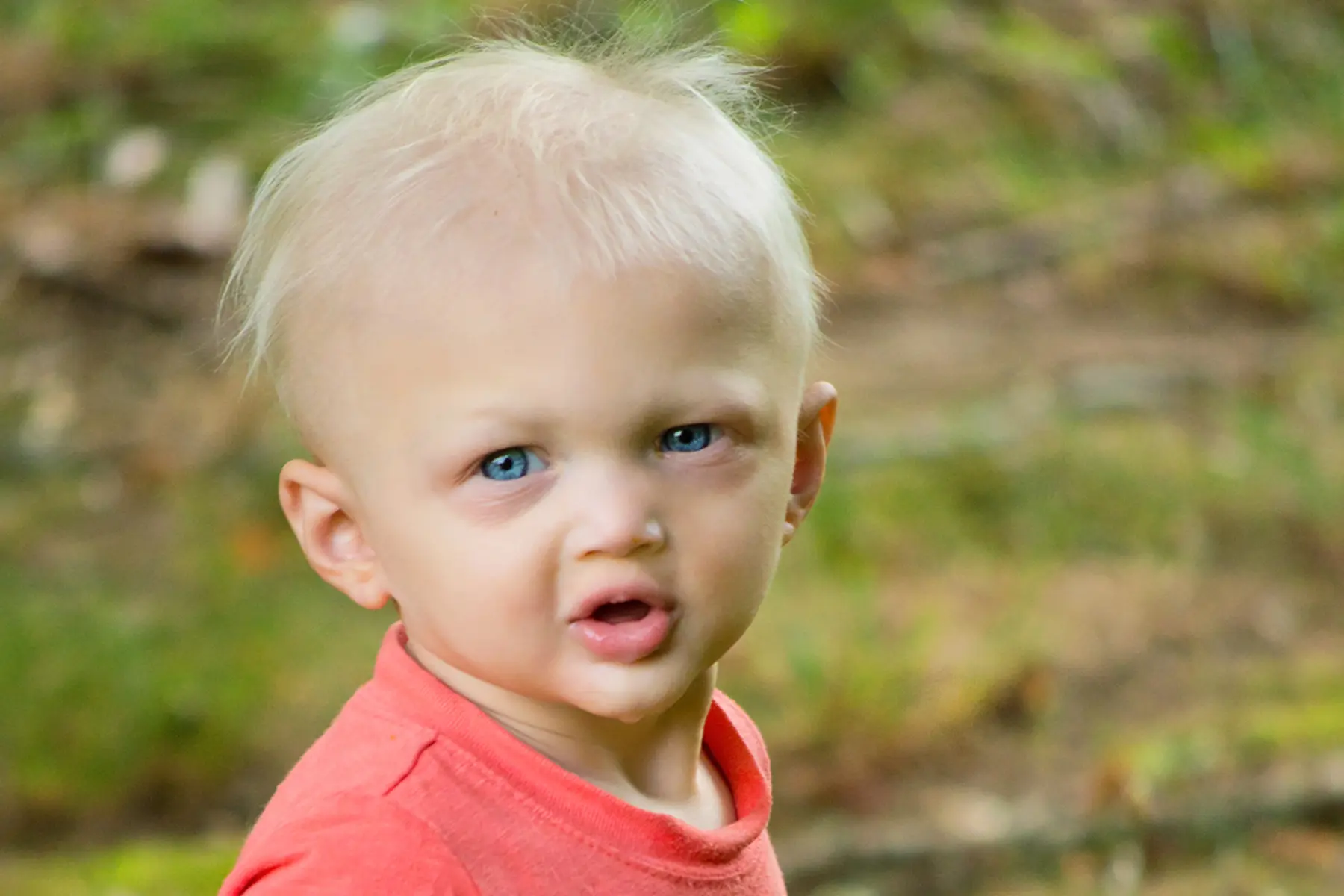Can Ectodermal Dysplasia be Cured?
No
No cure; management focuses on addressing specific symptoms and improving quality of life

What is Ectodermal Dysplasia?
Ectodermal dysplasia is a genetic disorder that affects the development of tissues such as the skin, hair, nails, and teeth. Symptoms vary but may include abnormalities in tooth development and sweat gland function. Treatment addresses specific symptoms and may involve dental interventions.

Clinical Aspects

Characteristics
Genetic disorder affecting the development of ectodermal tissues, including the skin, hair, nails, teeth, and sweat glands

Symptoms
Abnormalities in teeth, hair, nails, and sweat glands; may include missing teeth, sparse hair, and reduced ability to sweat

Diagnosis
Clinical examination, genetic testing

Prognosis
Variable; depends on the severity and complications

Complications
Dental issues, complications of associated conditions
Etiology and Treatment

Causes
Genetic mutations affecting genes responsible for ectodermal tissue development

Treatments
Symptomatic management, dental care, prosthetic devices, cosmetic interventions

Prevention
Symptomatic management, dental care, prosthetic devices, cosmetic interventions
Public Health and Patient Perspectives

Epidemiology
Genetic disorder affecting the development of skin, hair, teeth, and sweat glands

Patient Perspectives
Supportive care and addressing associated issues are crucial
Please remember that this information is provided for general understanding, and individual cases may vary. Always consult with healthcare professionals for personalized advice and information.
Share: